India’s agriculture mainly depends on nature, but climate and global warming issues make farming unpredictable. The need of the hour is to sensitize farmers to use modern technology to increase productivity and profitability. Agricultural development practices over some time are considered to exploit natural resources faster than they can be renewed. The phenomenal growth in the human population has resulted in a demand for food and shelter, straining the earth’s “natural” carrying capacity to provide it.
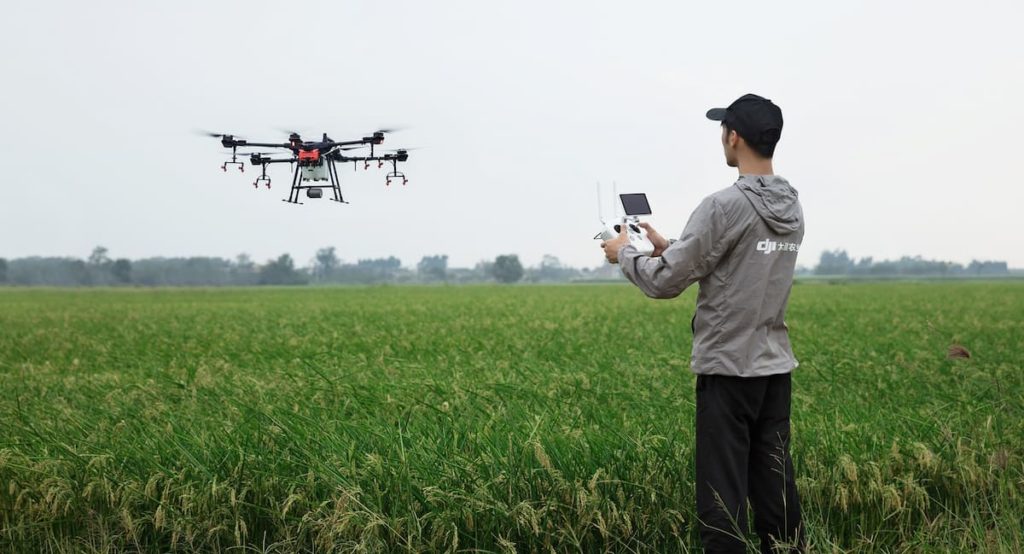
Agriculture has seen significant changes over the decades, and new technologies have also been developed. Emerging technologies in farming and agriculture pave the way for more opportunities. More than ever, agritech start-ups and traditional farmers are starting to use the latest solutions and trends to improve production in the food value chain. It also involves adopting new technologies such as cloud-based solutions and other advanced agricultural management techniques to increase farmer efficiency and produce more crops.
Emerging trends in agriculture in India
Trends to improve agricultural production
The most prevalent trend is the Internet of Things (IoT), which enables farmers better to monitor the needs of individual crops and animals. Automating irrigation, farm machinery, and harvesting further simplifies farm operations while reducing losses. Additionally, drones save time searching for crops and introduce improved and efficient irrigation facilities.
They are promoting agricultural mechanization that can help an average farmer manage without labor—introducing and upgrading large-scale irrigation. Improve promotion and transportation of agricultural produce. Technology in agriculture affects many areas, such as fertilizers, pesticides, seed technology, etc. Biotechnology and genetic engineering have increased pests’ resistance and crop yields. Mechanization has led to efficient farming, harvesting, and a reduction in manual labor.
Technology plays a major role in farming and agricultural practices, and with the advent of digital technology, the scope has widened. Agriculture innovation is leading an evolution in agricultural practices, thereby increasing efficiency by reducing losses. It is a positive impact on the farmers. The use of digital and analytical tools is constantly improving agriculture, and this trend continues, resulting in improved crop yields and increased income for the farming community.
Some improvements that can increase productivity include:
- Introduction of better and more efficient irrigation facilities.
- The promotion of agricultural mechanization can help an average farmer manage without labor.
- Introduction and upgrading of large-scale irrigation.
- Improve promotion and transportation of agricultural produce.
- Address issues in the marketing of agricultural produce, including resolving issues.
- Improve storage facility, tenant protection, and supply of better quality seeds.
- Promote multiple cropping.
What is the importance of technology in agriculture?
Technology is advancing faster than we could ever imagine. Across industries, new tools are being developed and released daily to increase efficiency, improve safety, increase profitability and create innovative ways to communicate, navigate, do business and work more easily. Farming, one of the world’s oldest and most respected professions, is among those facing constant change.
These efforts are also being made to promote agricultural innovation for farmers and mitigate the effects of climate change. It has come a long way from its humble beginnings more than 10,000 years ago. While ancestors developed primitive methods for the basic cultivation of edible plants, our farming operations today involve the careful application of various scientific principles and some of the most exciting technological advances on the market.
Innovation is important compared to ever in modern agriculture. The industry faces major challenges, from rising supply costs labor shortages, and changing consumer preferences for transparency and sustainability. The positive impacts of these developments are varied, ranging from higher yields and larger crops to reduced waste and smaller carbon footprints. Forward-looking food and beverage businesses are already investing in modern agricultural equipment to gain a competitive edge.
There’s a good chance your company can benefit from doing the same. Technology in agriculture can be used in various aspects, such as herbicides, pesticides, fertilizers, and improved seeds. Over the years, technology has proved to be very useful in the agricultural sector. Farmers can now grow crops in areas they were thought not to grow, but this is only possible through agricultural biotechnology.
Biotechnology and genetic engineering have increased pests’ resistance and crop yields. Mechanization has led to efficient farming, harvesting, and a reduction in manual labor. Irrigation and transportation systems have improved, processing machinery has reduced wastage, etc., and the effect is visible in all regions. New-age methods focus on robotics, precision agriculture, artificial intelligence, blockchain technology, and more.
Emerging trends in agricultural technology
The increasing role of the corporate sector in agriculture through access to new technologies and markets. Emerging trends in the agricultural sector that are very prominent in the post-liberalization era include increased production, increased investment, diversification of the sector, use of modern techniques, development of horticulture and floriculture, increasing volume of exports, and development of the food processing industry.
With its growing population, India is in an advantageous position to develop its agricultural and allied sectors, which are largely labor-intensive. Liberalization has provided ample scope for modernization and development of the agricultural sector and for taking maximum advantage of the increased scope of agricultural exports generated by the globalization path taken by the economy.
Increase in food grain production
India is experiencing an increase in food grain production, especially after introducing new agricultural strategies (i.e., the green revolution) in agricultural practices. Population size and income will likely increase the demand for food grains in the near future.
Organic farming
Organic farming, also known as ecological agriculture or biodynamic agriculture, works in harmony with nature, i.e., the agricultural practices followed in organic agriculture do not harm the environment. Due to its eco-friendly nature, organic farming is considered a viable alternative to chemical-based farming in a scenario where excessive use of chemical fertilizers and pesticides has created environmental and health hazards.
Nutrient management in organic farming is based on agricultural practices such as crop rotation, building soil fertility through nitrogen, and minimizing the use of organic materials such as crop residues, farmyard manure, and chemical-based fertilizers. Increased genetic diversity with resistant crops, crop rotation, increased predators for natural pest control, and judicious use of water resources and livestock farming.
Organic farming is not a new farming practice. Organic farming in India is an agricultural method that aims to grow crops to keep the soil alive and use organic waste, crop waste, animal and farm waste, aquatic waste, and other organic materials in good health. Organic farming in India is an agricultural practice using organic fertilizers and pest control obtained from animal or plant waste. This farming began to respond to the environmental woes caused by chemical pesticides and artificial fertilizers.
It is a new system of agriculture that repairs, maintains, and improves ecological balance. Organic materials, green manure, cow dung, etc., are used in organic farming. Organic cultivation uses natural methods to increase soil fertility. It uses bacteria present in animal waste. It helps make the soil more productive and fertile. The main goal of organic farming is to eliminate weeds. A weed is an unwanted plant that grows alongside a crop. Adherence of weeds to soil nutrients affects crop yield.
Free trade
Liberalization has removed all restrictions on agricultural produce within India. It has helped expand trade in agricultural products, especially food grains.
Agricultural drone technology
In addition to medical delivery and protection assistance, drones are now used in agriculture to improve crop growth, maintenance, and cultivation methods. As one example of agriculture innovation, these aerial carriers are used to assess crop conditions and execute precise fertilization strategies for better yields. Drones aren’t just for photographers.
These hovering robots help farmers survey large areas and collect data to generate critical insights about their farms from virtually anywhere. Drones are used in agriculture to provide more frequent, cost-effective remote monitoring of crops and livestock. They can also analyze field conditions and release appropriate interventions such as fertilizers, nutrients, and pesticides where necessary.
In case you missed it: Illinois Vegetable Planting Calendar/Guide (IL): Month Wise, Fall, Winter, Spring, Summer, Zone 5, Zone 6, and Zone 7
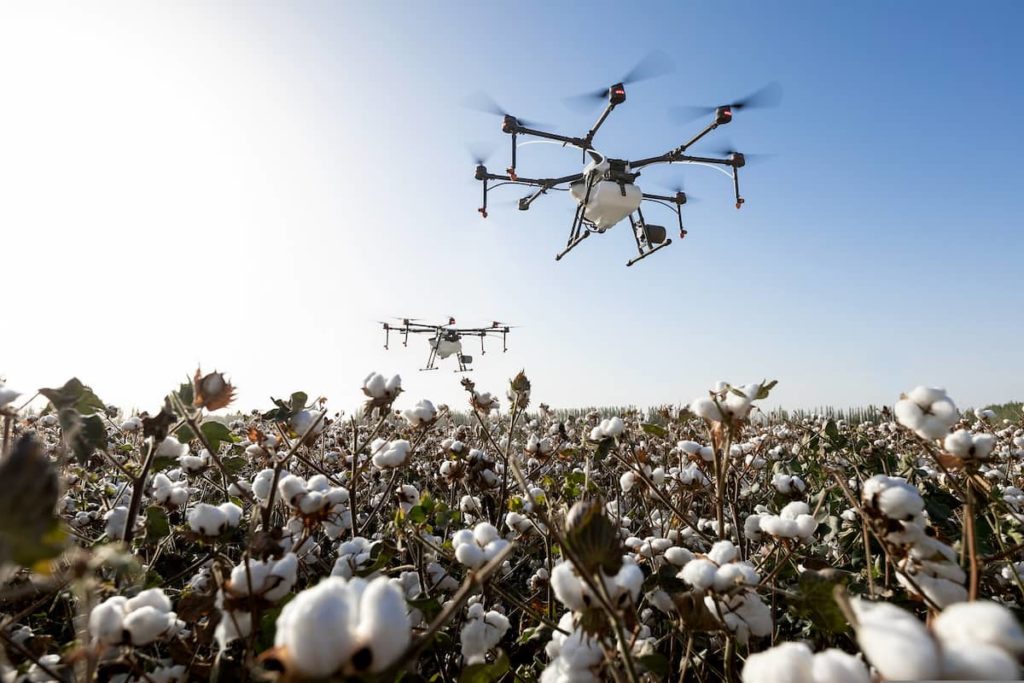
Diversification of agriculture
Agriculture is not only meeting the demand for food grains but also meeting other needs of development. The agricultural sector produces crops like Fruits, Vegetables, Spices, Cashews, Areca Nuts, Coconuts, and floral products such as flowers, orchids, etc. The demand for these agricultural products is also increasing. Economy liberalization has created ample scope for the agricultural sector development in terms of production and trade.
It is one of the essential components of economic development. It is the stage where the traditional agriculture sector is transformed into a dynamic and commercial sector by shifting the mix of traditional agricultural products towards higher quality products, with a high potential to accelerate production rates.
Here, agricultural diversification is supported by changes in technology or consumer demand, trade or government policy, transportation, irrigation, and other infrastructure developments. Diversification aims to reduce energy and agrochemical inputs and reduce the negative impacts of intensive agriculture on soil quality, water pollution and eutrophication, greenhouse gas emissions, soil erosion, and loss of biodiversity.
Increasing trend in horticultural production
The diversity of physiographic, climatic, and soil characteristics enables India to grow many horticultural crops, including fruits, vegetables, spices, Cashew, Coconut, Cocoa, and Areca. Nut, tuber crops, roots, medicinal and aromatic plants, etc. India is the largest fruit producer and the second largest producer of vegetables.
Development of agriculture in backward areas
In the post-Green Revolution era, the application of new agricultural strategies, research, and technology was largely limited to producing food grains, i.e., wheat and rice. But under the wave of liberalization, with the growing demand for agricultural exports, many new sectors of agricultural activities have become favorable and profitable.
In agriculturally backward areas, where there is no irrigation system, dryland farming has been introduced. Other activities like horticulture, floriculture, animal husbandry, fisheries, etc., have been encouraged. The application of modern improved techniques in these areas has resulted in the development of many backward areas that previously suffered from widespread poverty.
Aerial imaging
Farmers are increasingly taking to the skies to monitor their crops. While no one is leaving the ground, drones and satellites monitor fields and collect biomass and plant height data from weeding presence and water saturation levels. Moreover, aerial imaging devices can use geographic information system (GIS) technology to analyze the effectiveness of irrigation projects and their impact on land degradation, erosion, and drainage.
And the visuals are so fast that it is possible to allow an individual plant’s foliage to be assessed—they’re being actively used to detect pests and diseases to protect crops from environmental threats. With new monitoring techniques like aerial imaging, farmers can keep an eye on their crops from a new perspective.
It is a process that involves taking pictures of a farm directly from above. When the sun is at its peak, a plane loaded with sophisticated cameras flies over the monitored area. It is very important to do aerial imaging in the afternoon because this is the time of day when crops are under the most stress and light is at its maximum. Aerial imaging allows farmers to monitor current soil conditions accurately.
It is especially useful when water is limited in the hot season. Thanks to the information from aerial imaging, farmers can make the necessary changes to their irrigation systems to ensure they get the most out of their water supply. In addition to taking advantage of the more technical side of aerial imaging, a farmer can use the images to help showcase their farm to other businesses. Using modern technology in farm management is a great way to attract buyers because it shows that the farmer wants to maintain a thriving industry.
Hydroponics and vertical farming
Hydroponic agriculture has many advantages, including better yields, less water consumption, and better taste and texture of the final product. Combined with vertical farming, the possibilities are promising—even in crowded urban centers, reliable sources of fresh, healthy produce are already in the works. Plants grown hydroponically do not need extensive root systems, allowing them to spend more energy producing leaves and fruits.
They also mature quickly and are immune to pests and diseases due to their indoor cultivation. And in terms of sustainability, the small footprint of vertical farms allows them to be located near or even within areas of high population density, reducing the need for transportation and associated harmful emissions. These facilities can have a year-round cycle, which makes them more efficient and able to provide products that will be out of season regardless of the local climate.
Vertical farming has been the subject of science fiction since the 1950s and perhaps beyond and is now not only scientifically viable but will be financially viable within the decade. Vertical Farm Technology Vertical farming is a component of urban agriculture that grows food in vertically stacked layers. It offers many advantages. Perhaps the most obvious is the ability to grow in urban environments and thus make fresh foods available quickly and cheaply.
However, vertical farming will not be limited to urban environments as initially expected. Farmers in all regions can use it to better use available land and grow crops that are not normally viable in these locations. Indoor vertical cultivation can be defined as growing in stacks on top of each other in a closed and controlled environment.
Using vertical growing shelves significantly reduces the amount of land space required to grow plants compared to traditional farming methods. This type of cultivation is often associated with the city and urban farming because of its ability to thrive in limited space. Vertical farms are unique because some setups do not require soil to grow plants.
In case you missed it: Idaho Vegetable Planting Calendar/Guide (ID): Month Wise, Fall, Winter, Spring, Summer, Zone 3, Zone 4, Zone 5, Zone 6, and Zone 7
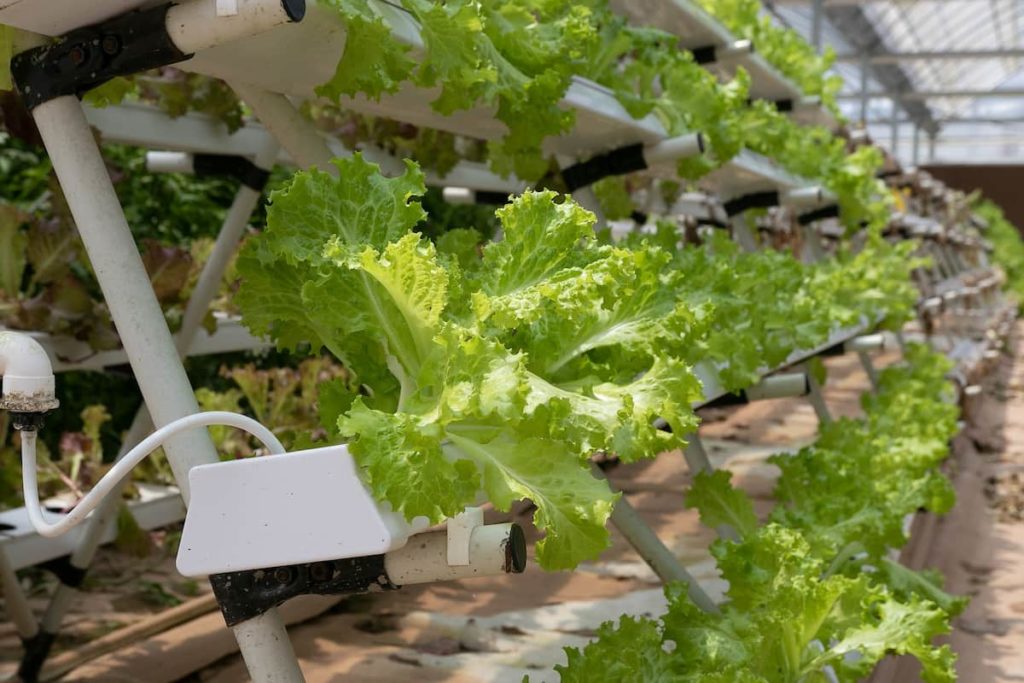
Agricultural sensors
Communication technology has developed rapidly in India and has made smart farming a possibility. Sensors are being used in agriculture to provide farmers data to monitor and optimize crops, given environmental conditions. These agriculture sensors are based on wireless connectivity and find application in many fields, such as determining soil texture and moisture content, nutrient detection, location for precision, airflow, etc. Sensors help farmers save on pesticides and labor and efficiently use fertilizers. They allow farmers to maximize production while using minimal natural resources.
Livestock monitoring
Using chips and body sensors can help prevent the spread of disease and are important in large-scale livestock management. Chips and body sensors measure important parameters and indicators that can detect disease early and prevent herd infection. Similarly, ultrasound is a useful tool for evaluating meat quality. It helps in controlling and improving the quality of the meat.
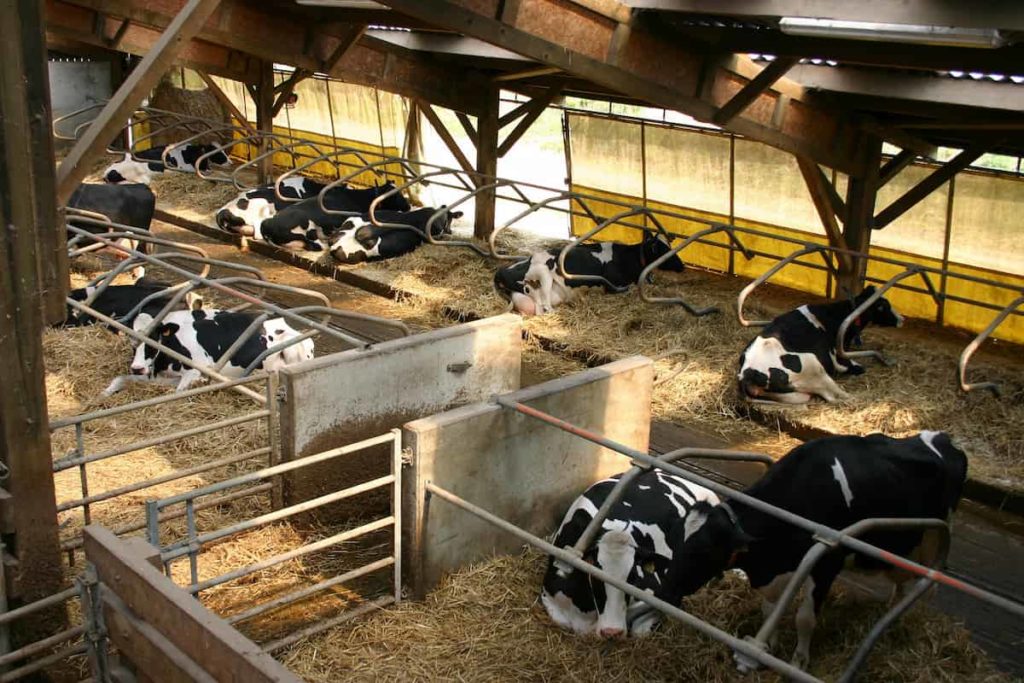
Soil and water sensors
Perhaps the most immediate impact equipments are soil and water sensors. These sensors are durable, non-obstructive, and relatively inexpensive. Even family farms are finding it affordable to distribute them on their land, providing numerous benefits.
For example, these sensors can detect moisture and nitrogen levels, and the farm can use that information to determine when to water and fertilize instead of a predetermined schedule. It also helps make the farm more environmentally friendly by conserving water, limiting erosion, and reducing fertilizer levels in local rivers and lakes.
Modern greenhouses
In recent decades, the greenhouse industry has shifted from small-scale facilities used primarily for research and aesthetic purposes (i.e., botanical gardens) to significantly more large-scale facilities that are land-based and compete directly with conventional food production. Nowadays, due to the tremendous recent improvements in growing technology, the industry is flourishing like never before. As a result, greenhouses are rapidly emerging today that are large-scale, capital-intensive, and citizen-focused.
In case you missed it: How to Start Tomato Farming in Africa: Production Guide for South Africa, Egypt, Nigeria, Kenya, Ethiopia, and Zambia
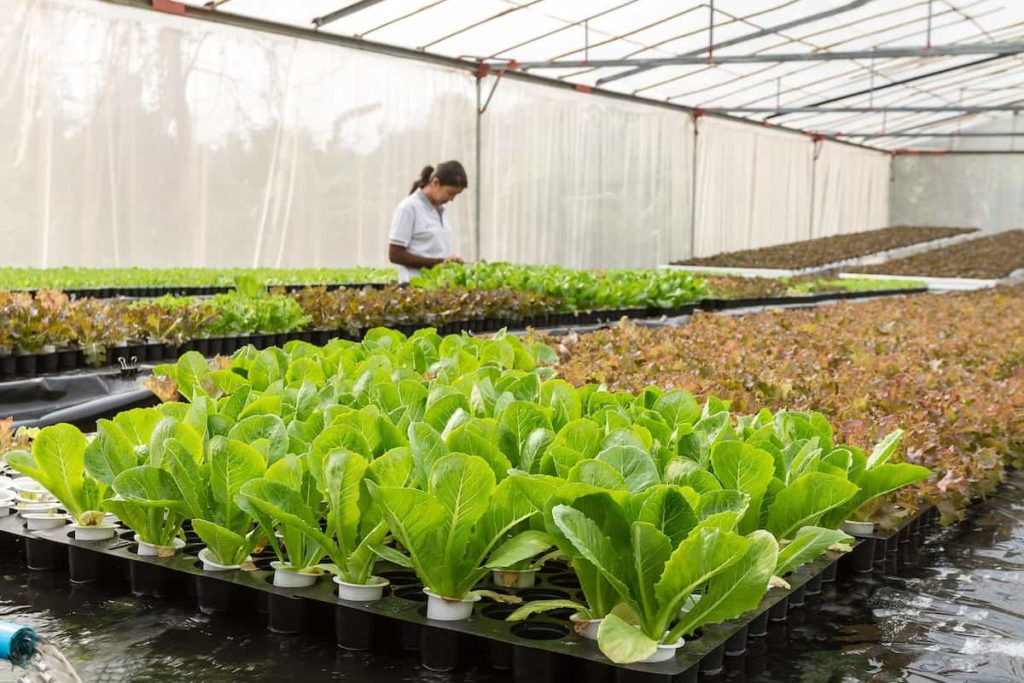
Precision agriculture
Agriculture is evolving – technology is becoming indispensable to every commercial farm. It is developing technology that allows farmers to maximize yields by controlling every variable in crop production, such as moisture levels, pest pressure, soil conditions, and microclimate. By providing more precise techniques for planting and growing crops, precision agriculture enables farmers to increase efficiency and manage costs.
In case you missed it: Connecticut Vegetable Planting Calendar (CT): Month Wise, Fall, Winter, Spring, Summer, Zone 5, Zone 6, and Zone 7
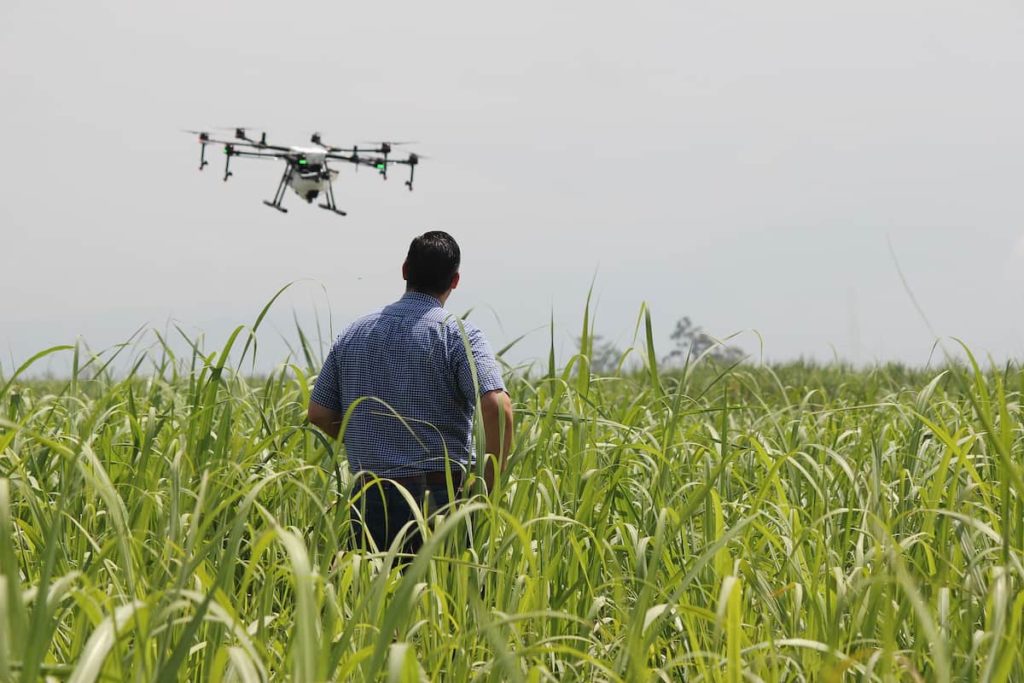
Farm automation
It is associated with “smart farming,” a technology that makes farms more efficient and automates the crop or livestock production cycle. A growing number of companies are working on robotics innovation to develop drones, autonomous tractors, robotic harvesters, automated watering, and seeding robots. These technologies are new; the industry has seen many traditional agricultural companies adopting farm automation into their operations.
IoT in agriculture
IoT in Agriculture Intelligent farming is supported by using the Internet of Things with various sensors installed in the agricultural farm. Various sensors used are light, humidity, soil moisture, temperature, crop health monitoring, etc. Some of the major use cases of IoT in agriculture are:
- Data collection through farm sensors such as autonomous vehicles, wearables, button cameras, robotics, control systems, etc.
- Aerial and ground-based drones for irrigation, crop health assessment, spraying, monitoring, and field analysis.
- Geofencing using wireless IoT sensors and livestock tracking for livestock health care monitoring.
- Predictive analytics for rainfall, temperature, soil, humidity, etc.
- A modern greenhouse, with the help of IoT devices and monitors, requires no human intervention.
Conclusion
Agriculture is an important sector of the country. Agriculture also plays an important role in India. It is a market-driven industry that employs more than half of the country’s population. Over the last several decades, new changes have been coming in the agriculture sector along with the spread of new technologies.
Due to all these things this sector is growing. Recent advances in agriculture make farming activities more suitable and comfortable for farmers. These trends help not only in the development of agriculture but also in the conditions of the farmers. Emerging agricultural trends mean new technologies and strategies that become more complex over time.
- Pig Fattening Essentials: From Selection to Sale for Beginners
- Raising Wagyu Cattle: A Complete Guide for Premium Beef Production
- Soil Types and Their Water Holding Capacity
- Optimizing Irrigation Schedules for Coconut Groves for Enhanced Yield
- Espresso Your Garden: Coffee Grounds for Healthier Acid-Loving Plants
- The Best Soil Mix for Snake Plants: How to Mix Your Own Snake Plant Soil
- Green Thumb Success: Expert Tips for Cultivating Greenhouse Beans All Year Round
- Bloom All Year Round: The Ultimate Guide to Indoor Hyacinth Care
- Eco-Friendly Gardening: How to Make Liquid Fertilizer from Kitchen Waste
- Ultimate Guide to Grow Anise in Pots: Explore Seed Propagation to Harvesting
- Guide to Raising Chester White Pigs: Discover Breed Facts to Growth Management
- Mastering the Elegance: The Ultimate Guide to Weeping Cherry Tree Care, Planting, and Maintenance
- Ultimate Guide to Planting Garlic in Grow Bags: Growing Strategies for Beginners
- How to Fix Spider Plant Leaf-Related Problems: Natural and Organic Remedies
- 10 Reasons Why Your Tulsi Plant is Shedding Leaves: Home Remedies and Solutions
- Optimizing Growth and Yield: The Advantages of Palm Bunch Ash Fertilizer
- Utilizing Neem Oil Extract as a Natural Pesticide for Hydrangea
- From Soil to Harvest: Various Ways in Which Farmers Can Use AI Tools
- Steps to Encourage and Induce Citrus Flowers: A Comprehensive Guide
- How to Fix Snake Plant Leaf-Related Issues: Natural and Organic Remedies
- Transform Your Garden into a Fragrant Oasis with Raat Ki Rani (Night Blooming Jasmine)
- Discover the Ideal Chicken Breeds for Philippine Farms
- How to Create a Poultry Egg Farm Business Plan for Profits
- Grow Lemon Cucumbers Like a Pro: Insider Techniques for Bountiful Yields
- Ultimate Guide to Caring for Your Pink Princess Philodendron: Tips for Thriving Variegation
- Areca Nut Profit Per Acre: Calculating Yield and Cost of Cultivation
- How Kaveri Chicken is Becoming a More Profitable Breed in Indian Backyards
- Transform Your Barn: 9 Steps to Convert a Horse Stall into a Chicken Coop
- Exploring Suffolk Sheep Disadvantages with Limitations and Challenges
- Guide to Solving Potted Lemon Tree Problems: How to Revive Lemon Tree in Containers
- Steps to Encourage Female Pumpkin Flowers: Best Strategies for More Flowers and High Yields
- Ultimate Guide to Yellow Raspberries: Exploring from Planting to Care
- Ultimate Guide to Planting Ginger in Grow Bags: Growing Strategies for Beginners
- Ultimate Guide to Growing Red Creeping Thyme: Propagation, Planting, Pruning, and Care
- Top 10 Common Peacock Plant Problems and How to Fix Them
- Ultimate Guide to Raising Naked Neck Chickens: Feeding, Egg-Production, Breeding, and Care
